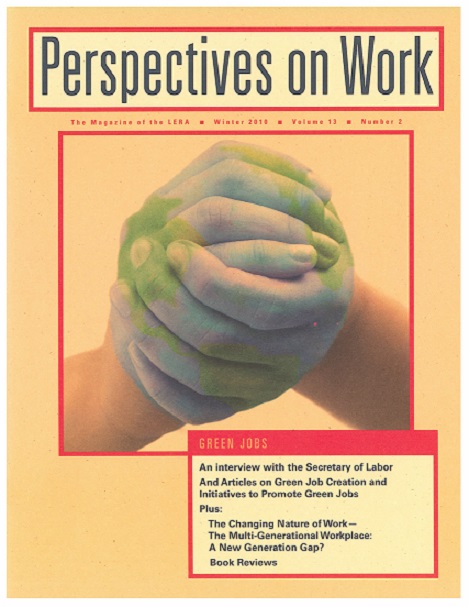Working Effectively Across the Generations
Abstract
Today, American workplaces include at least four different generations of employees, causing some friction and producing some positive results. While we have always had younger and older employees in any given workplace or workforce, the difference today is that each group is staying longer, and thus there are more groups together. This is an important development for human resources professionals, union and management leaders, educators, and employees themselves.During my work with colleagues from Federal Mediation and Conciliation Service (FMCS), I have served as a workshop leader and facilitator of workplace issues, and I have seen how certain issues become “generation-related” and that an understanding of generational needs, wants, interests, as well as what shaped that generation, is very helpful in fashioning policies to deal with recruitment and retention, workplace etiquette, and ideas of work/life balance.While there are many ways to classify generations, I use the following classification:• “Traditionalists”—born between 1922 and 1945 (now aged 64 to 87)• “Boomers”—born between 1946 and 1964 (now aged 45 to 63)• “Generation X”—born between 1965 and 1981 (now aged 28 to 44)• “Millennials”—born between 1982 and the present (ages 9 to 27), who are also known as “Generation Y,” “Echo boomers,” “Nexters,” or the “I-Generation”Downloads
Issue
Section
Articles

